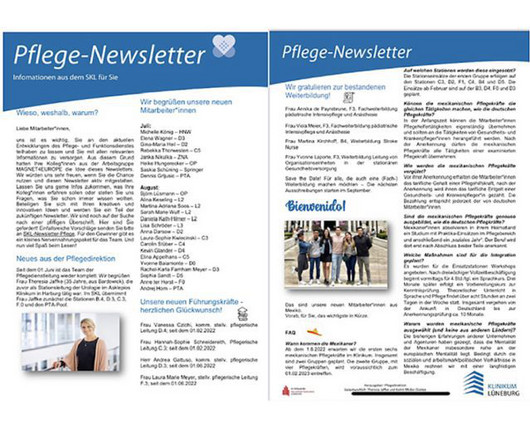What Is Patient Satisfaction and What is its Financial Impact?
Relias
MAY 6, 2025
Patient satisfaction is more than just a buzzword in healthcare its a key indicator of quality and a powerful driver of financial success for hospitals and healthcare organizations. In this article, well break down what patient satisfaction is, why it matters, and how it can impact healthcare providers bottom lines.












Let's personalize your content